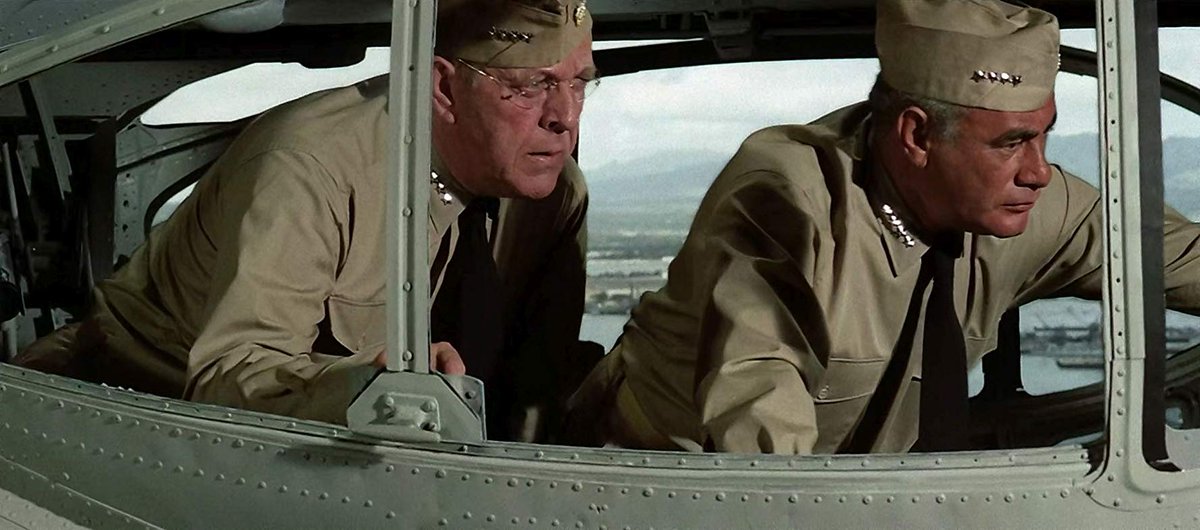The Pittsburgh Press (January 8, 1941)
THREE FLEETS TO BE CREATED IN EMERGENCY
….
Rear Admiral Kimmel new Commander-in-Chief in sweeping changes
….
Washington, Jan. 8 –
President Roosevelt today created three separate American fleets, changed the Navy High Command and ordered every U.S. warship to be manned at full wartime strength.
Secretary of the Navy Frank Knox, who announced the reorganization and the addition of 40,000 more enlisted men, said that it was a “rearrangement to fit the facts.”
Effective Feb. 1, there will be an Atlantic Fleet, a Pacific Fleet and an Asiatic Fleet. Commander-in-Chief of the U.S. Fleet will be Rear Admiral Husband E. Kimmel. He also will become Commander-in-Chief of the Pacific Fleet. The present Commander-in-Chief, Admiral James O. Richardson, will report to Secretary Knox for a new assignment. The Asiatic Fleet will continue under command of Admiral Thomas C. Hart and the new Atlantic Fleet, heretofore known as the Atlantic Patrol Force and comprising about 125 warships, will be under the command of Rear Admiral Ernest J. King.
The additional authorization of enlisted naval personnel raises that force from 192,000 to 232,000 men.
Secretary Knox expressed as his own personal opinion that the Navy should not transfer more destroyers to Great Britain.
I don’t think that any more destroyers can be detached from our fleet without seriously impairing its efficiency.
Great Britain already has received 50 U.S. destroyers in return for leases of British bases in the Atlantic.
Secretary Knox also said that he will soon ask Congress for authorization to construct 280 auxiliary vessels for the Navy.
We gradually have been enlarging our Atlantic Fleet and it has assumed the dignity which warrants setting it up as a separate fleet.
He said no change in the size of the Atlantic Fleet is contemplated now. Its force now is composed of about 125 ships.
Mr. Knox said the reorganization, so far as can be determined now, will have no effect upon plans to hold customary fleet maneuvers in the Pacific next spring.
The increase in enlisted strength also applies to reserves, Mr. Knox said that as the fleet grows, further increases will be made.
The Navy went down the line in its chief fighting units to shake up the command of each. A number of Rear Admirals were shifted.
The following changes were announced:
- To be Commander of the Scouting Force, Pacific Fleet – Rear Admiral Wilson Brown, present superintendent of the Naval Academy, to succeed Vice Admiral Adolphus Andrews, who was assigned to command the Third Naval District in New York.
Battleship Division 4
-
Commander of Battleships, Battle Force, and BatDiv 4 – Rear Admiral Walter S. Anderson, present director of Naval Intelligence, to succeed Vice Admiral William S. Pye, who will be assigned to duty with the general board.
-
Commander of Cruisers in the Battle Force – Rear Admiral Herbert F. Leary, present director of fleet training, to succeed Rear Admiral Kimmel.
-
Commander of Cruisers of the Scouting Force – Rear Admiral John H. Newton, present commander of Cruiser Division 5, to succeed Rear Admiral Gilbert J. Rowcliff, who was assigned to the general board.
-
Commander of BatDiv 1 – Rear Admiral Isaac C. Kidd, present Chief of Staff, and aide to the Commander to Battleships, to succeed Rear Admiral Russell Willson, who becomes the new superintendent of the Naval Academy.
-
Commander of BatDiv 2 – Rear Admiral David W. Bagley, present commandant of the Mare Island, Calif., Navy Yard, to succeed Rear Admiral Walter N. Vernou, who becomes president of the Pacific Coast Board of Inspection and Survey at Long Beach, Calif. Rear Admiral Vernou will succeed Rear Admiral Sinclair Gannon, who retires April 1.
-
Commander of Cruiser Division 5 – Rear Admiral Sherwoode A. Taffinder, present Chief of Staff of the Commander-in-Chief of the U.S. Fleet, to succeed Rear Admiral Newton.
-
As the new commandant of the New York Naval District, Vice Admiral Andrews will succeed Rear Admiral Clark H. Woodward, who retires April 1.
Kimmel Becomes Admiral
Mr. Knox announced that about Jan. 18, the Command of Submarines in the Scouting Force will be given to Captain Thomas Withers, present head of the Naval Torpedo Station at Newport, R.I. He will succeed Rear Admiral Wilhelm L. Friedell, who will report late in February to take over the Mare Island Navy Yard.
Mr. Knox said that in naming one of the three new Commanders-in-Chief as Commander-in-Chief of the entire fleet, he did so “in the interests of uniformity and efficiency.”
Rear Admiral Kimmel, who will assume the rank of Admiral, will “prescribe standards and methods of training, not only for all three fleets, but also for all other seagoing forces of the Navy,” Mr. Knox said.
When two or more fleets are concentrated, or when they operate in conjunction with each other, the Commander-in-Chief will be responsible for joint operations.
‘MOST INTERESTING,’ SAYS BERLIN
Berlin, Jan. 8 (UP) –
Reorganization of the United States Navy was described as “most interesting” by authorized German quarters today. Further comment was withheld pending receipt of additional information on creation of a United States Atlantic Fleet.
